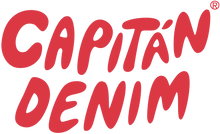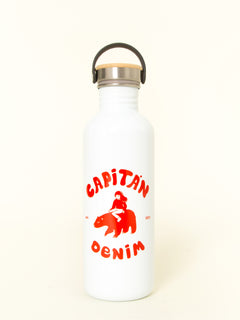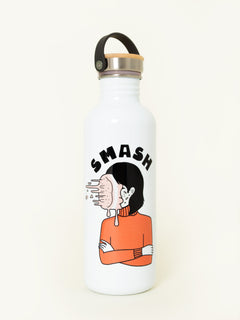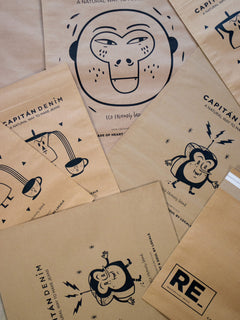Circularity
CO2 emissions related to fossil fuels have increased by 61%, the melting of the poles, major heat waves... Climate change is teaching us a lesson and stopping it is in our hands.
Everything we do now to take care of the planet is essential for future generations. Therefore, our present actions should be designed to create the minimum environmental impact. Fashion is not only about combining clothes, feeling comfortable or looking good, it goes much further, fashion is knowing what you buy, who is behind each garment and feeling proud of consuming brands that respect the environment.
You cannot talk about sustainability without taking into account the environment that surrounds us and the protection of our land. In order to be able to produce sustainably, it is essential to talk about circularity and infinite production with finite resources.
Mend, reuse, give new uses to things that can no longer fulfill their original function, but serve many other purposes... All this is not new, it has been with us for a long time and we must not forget it. It is tradition and common sense, currently it is also called Circularity, it was already invented, but now technology allows us to take this concept further.
At Captain Denim we have been betting on this type of initiatives for a good handful of years or as our colleague Juan Ángel says, “Everything is used here.” Next, we are going to explain to you what we have been doing and what we plan to do with the waste derived from our sector.
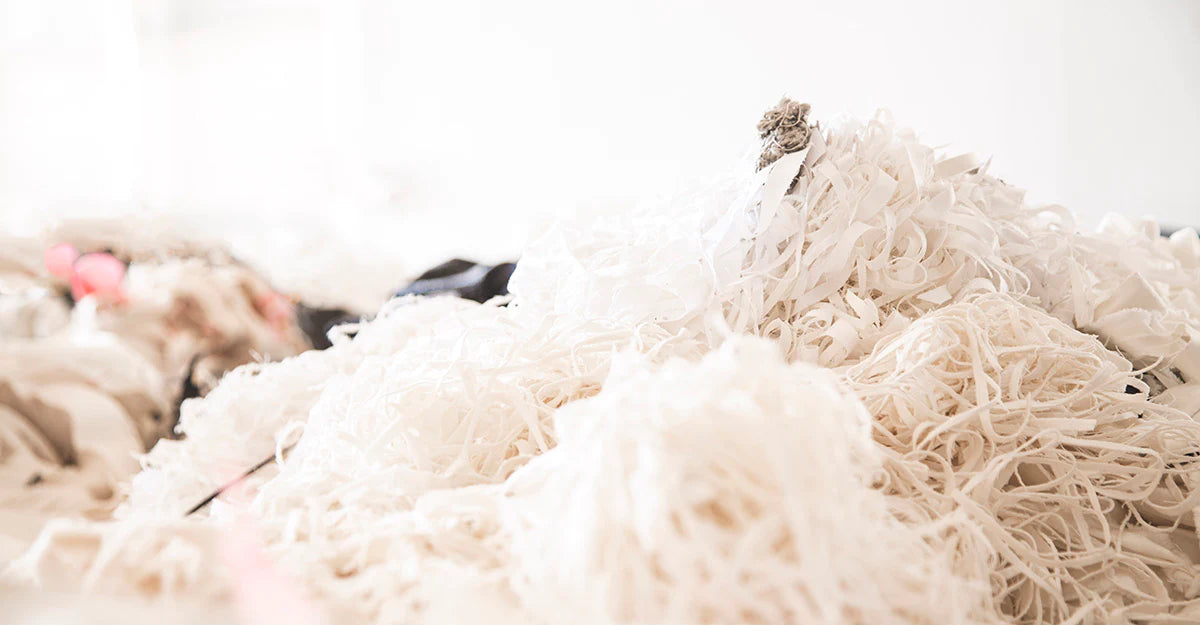
pre consumption
Pre-consumer waste is those fabric remains generated from textile production. For example, scraps are one of the most common pre-consumer waste. These parts can no longer be used in the production process, so the most usual thing is to discard, incinerate or recycle them.
In our case, we have been managing pre-consumer waste responsibly for more than two decades so that it can have a second life in other industries.
From our own factory we take care of classifying them by colors and a waste manager processes it and creates spinning for the automotive sector.
Residue analysis
Waste is generated throughout the production process, especially in the dyeing and washing of jeans. Although we use methods with which we manage to minimize waste, it is very difficult not to generate it.
After using the water in the washing machines, it goes to our treatment plant. Once it meets the parameters and is optimal for use, the water returns to the general water circuit of our town to be reused.
To give a new useful life to the waste generated by washing , they are recovered creating a recoverable material that allows reuse in other industrial sectors, in the form of mud plates.
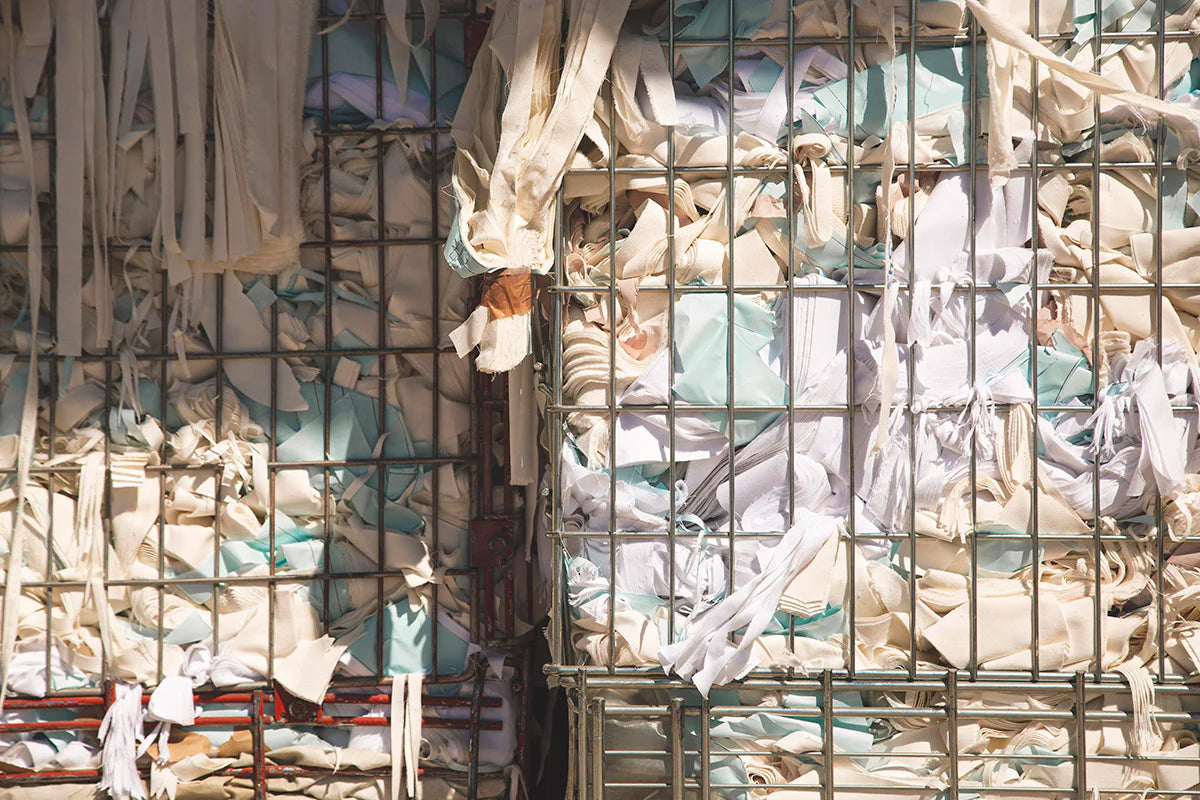
post consumption
Post-consumer waste is products that, after being used, have exhausted their useful life. In our case, post-consumer waste is pants that have already been used and that, for various reasons, are no longer used.
Currently, post-consumer waste can be recycled, incinerated or ends up in landfills. Those that are recycled are converted into spinning so that they can be used again as fabric. For example, our Ecolojeans are made with recycled cotton from other jeans.
We are currently working on a new project called Neo-Recycling . One of the objectives is to develop technologies with low environmental impact. One of the pillars of Neo Recycling is the study of methodologies capable of obtaining recycled material from pre-consumer and post-consumer waste for its reincorporation into the production process and thus being able to have a completely circular production process.
